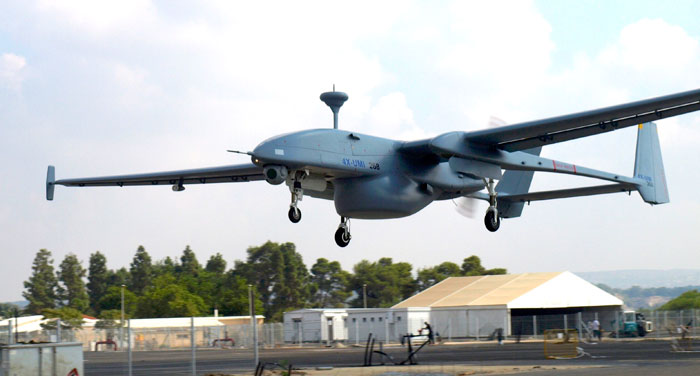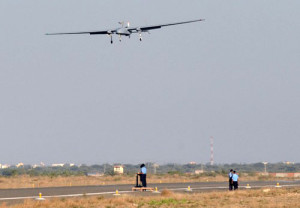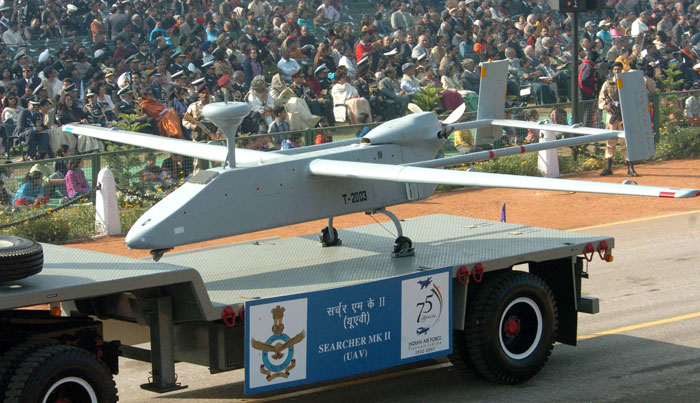
The Indian government has cleared a new procurement of up to 15 Heron I unmanned aerial systems from israel, as part of an effrot to increase the country’s surveillance over the northern borders with Pakistan and China. The cost of this acquisition is estimated at unmanned aerial vehicles (UAVs) from Israel at a cost of around US$195 million (Rs 1,200 crore.) The proposal to procure these Heron UAVs was approved by the Cabinet committee on security headed by Prime Minister Manmohan Singh at its recent meeting, the Times of India reported December 29.

India is the largest operators of Israeli unmanned systems. The IAF flies the IAI Searcher II and Heron UAVs for reconnaissance and surveillance purposes over the Indian borders in western, northern and eastern regions. The Herons are also supporting internal security operations, performing surveillance missions as part of anti-Naxalite counter-insurgency activity in central India. (IBN)

last year India has embarked on an upgrading of those vehicles, adding satellite communications to extend operating range over long distances and mountainous terrain. The army is also operating a fleet of more than 40 Searcher I, II and Heron I vehicles. The Indian Navy also operates three squadrons of UAVs, operating Seacher II and Heron I on maritime surveillance missions.
As India is increasing its operational unmanned fleet, there is a growing need for more personnel to fly and maintain those vehicles. The Indian Air Force is considering a proposal to establish a separate cadre (from recruitment to operations) for unmanned aerial vehicles (UAVs). Since their induction into service in the late 1990s UAV operators were airmen who had been excluded from the pilot training for medical reasons. Over the years, their numbers have been declining steadily, mainly because of advances in medical care. The IAF Training Command is recommending to set-up a role-specific training process for UAV operators, similar to those specific courses designed for fighter pilots, transport pilots or helicopter pilots. (Deccan Herald)

















